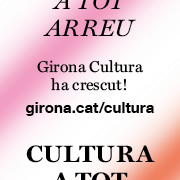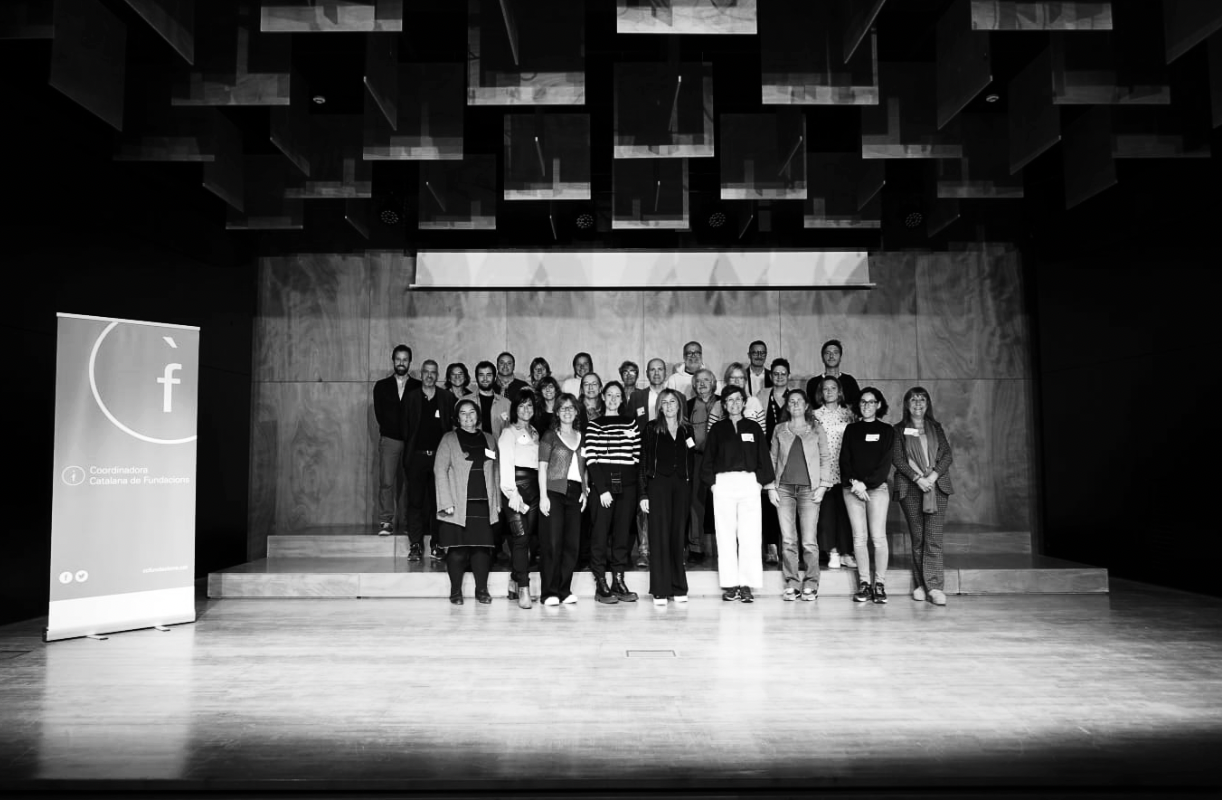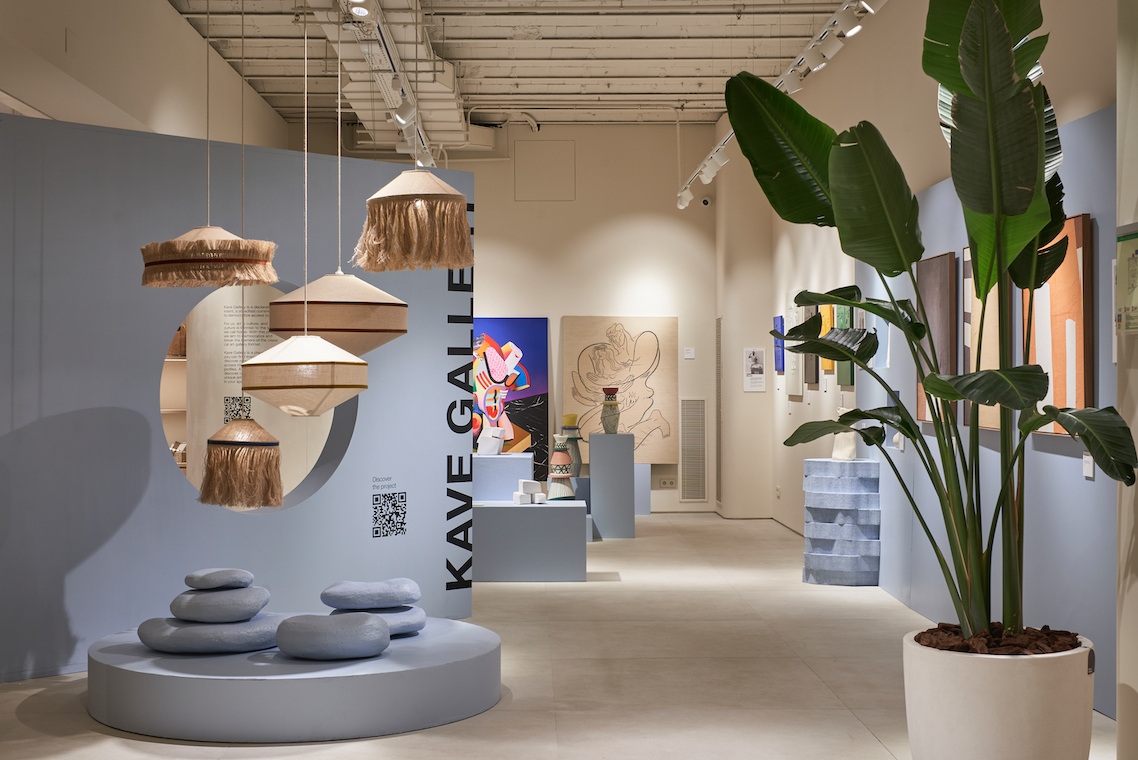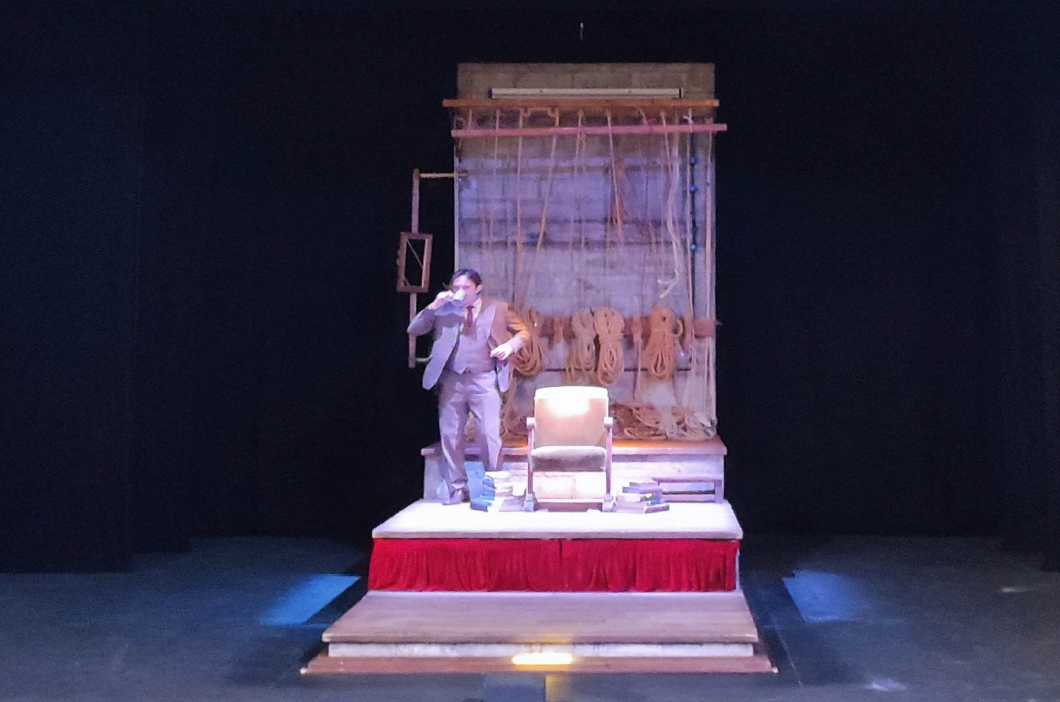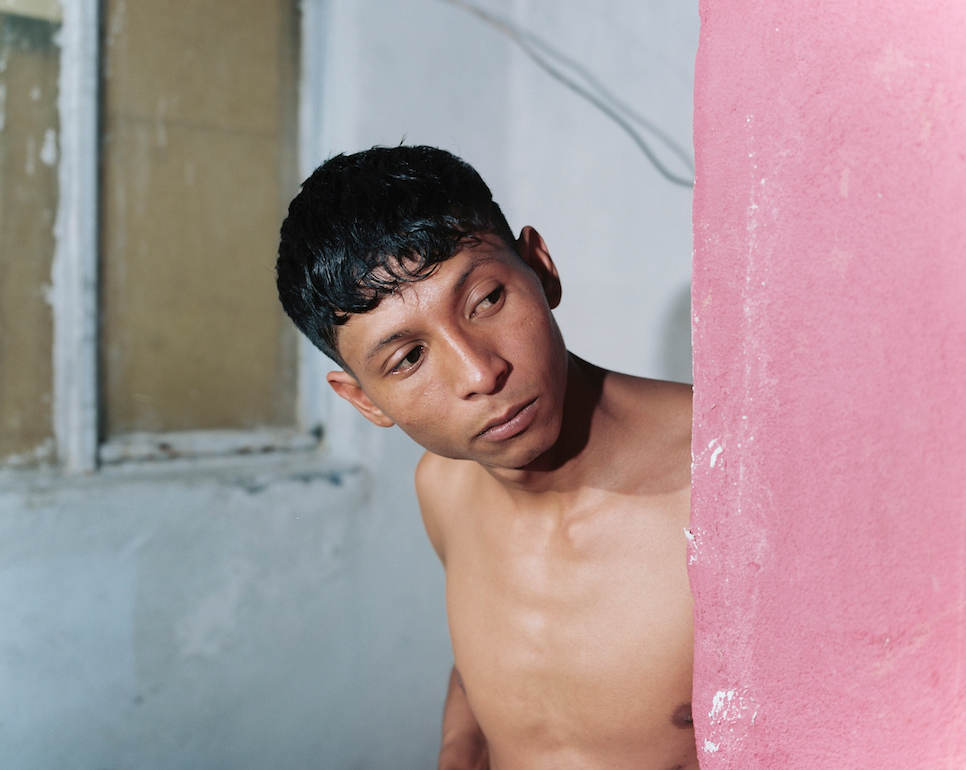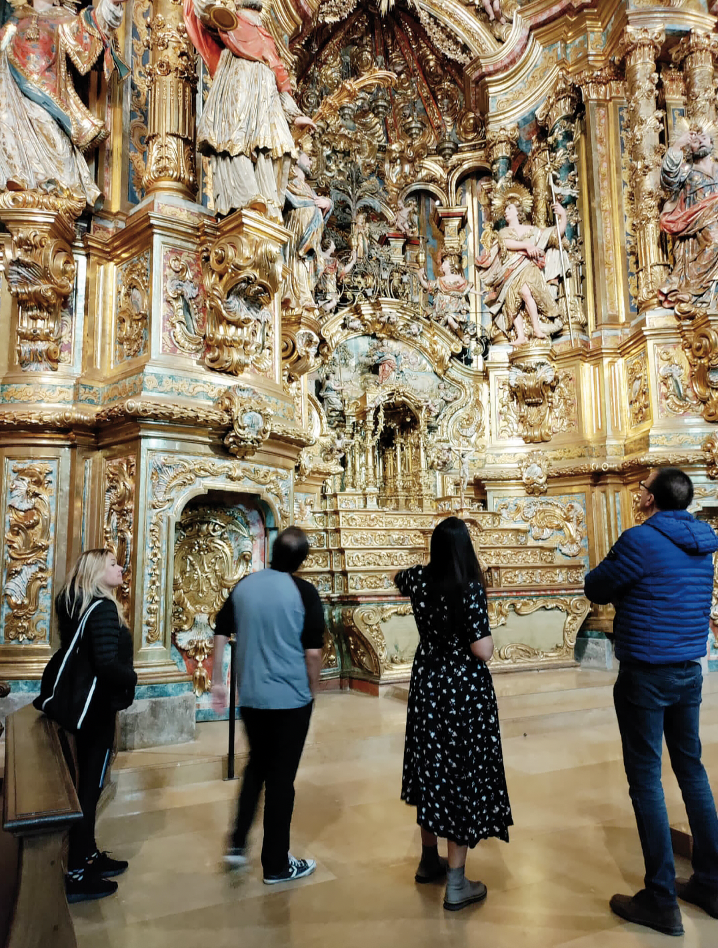
We are a sun-drenched country. We look at each other's navels a lot and we need to have clear references. So that it doesn't seem like we're lost. In the history of art, Catalans have forged an ideal, or mythical, era: the medieval period. And some styles: Romanesque and Gothic. This medievalist cause already comes from the Renaissance, when we take the idea that runs through Europe: the origin of towns is in the Middle Ages. Later, the noucentista Catalanism will finish underlining it: although Eugeni d'Ors is clouded by the finds in the ruins of Empúries, the government's action rescues the Romanesque paintings of the Pyrenees. And it sends a clear message: the history of Catalan art begins there.
The problem with this collective capfication is that we have neglected, in art and literature, other periods, trends or moments that are as much ours as the medieval styles. For example, the Baroque. Just this year there are two notices of this forgotten Catalan culture of the 17th and 18th centuries. On the one hand, the celebration of the Year of the Rector of Vallfogona, Vicent Garcia, the recovery of his literature and the study of that time, especially through the work of the philologist Albert Rossich. It is this scholar who, for his part, has begun to disprove that song that we had all studied: that that period was one of decadence.
The other notice of the importance of the period has been given by the art historian Maria Garganté, who has just published the book Paisatge Baroc. Art in Catalonia during the 17th and 18th centuries (Farell Editors). In fact, Garganté has been studying and disseminating the importance of Catalan Baroque for years. One day I heard a suggestive idea from him that I was able to corroborate: contrary to what you might think, the skyline of the Catalan rural world is fundamentally baroque.
Maria Garganté's book is an easy way to introduce yourself to the trends and the most important names of those years in Catalonia in architecture, painting, what some call minor arts (sic), altarpieces... And the very conception of the baroque space, in its aspect of life or in its projection towards the outside. The book is quite a discovery, even for those of us who years ago began to look at the native baroque with a different look, not as if those altarpieces, I give you examples, were intruders who had taken some previous wealth from us that maybe didn't even exist.
One last note about this Baroque Landscape that has excited me. I always complain that the history of art is a construction that collects what power left us. Here, on the other hand, Garganté also informs us of something fundamental: the civil constructions, the insertion of that style in peasant environments and a fascinating little chapter on the art of the party, the popular celebrations of those times . Religion almost always with an absorbing presence, ai las!, but that's what I was saying about power, there is no way to unpack the exorbitant and despotic power that the Catholic Church has had in our history.
We are so specialized in choosing (a food, a match, a person, an artistic style...), that we have been forced to not admire our baroque as it deserves. Decadence does not come from that era, but from those who think that only they can point out where the boom is and where the aesthetic decline is. They are almost always wrong.



